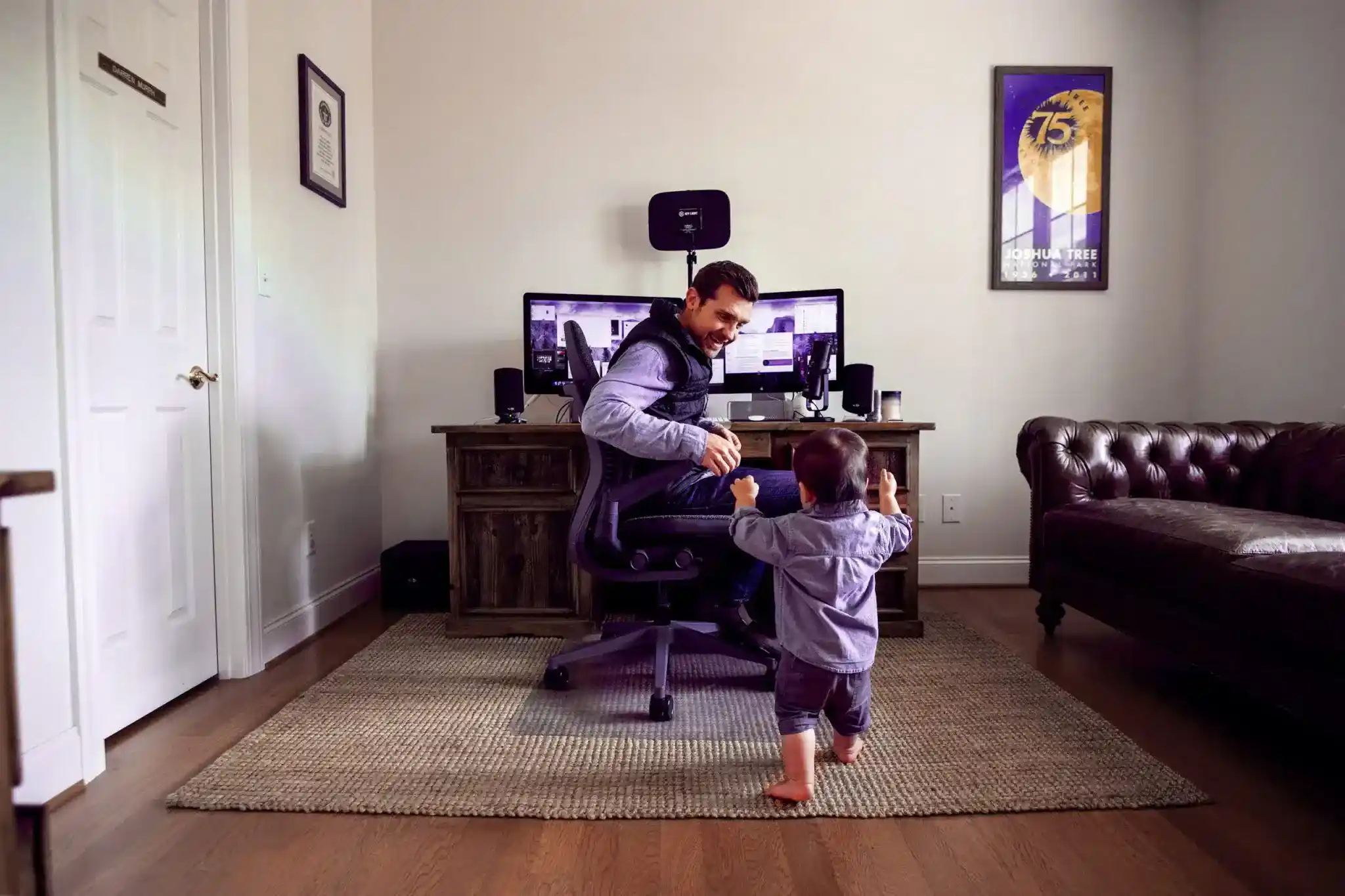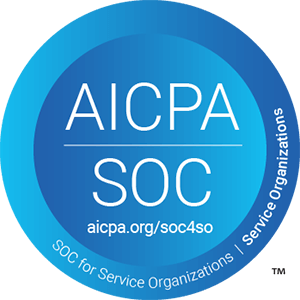
The office has a new face. A face we all were only acquainted with but are now befriending. The new office we know is invisible. We cannot see it, yet we attend it. Seems strange, right? Well, it indeed is!
A common question we hear while talking to leaders and HR managers, now leading remotely is – ‘how will my team feel they belong?’
A very valid question. It is rather easy to get attached to things which we can see and touch in their physical state. We hardly ever get attached to invisible things!
How do you as the leader then create a sense of belonging among your team working remotely?
How do you make them feel involved when they are working in a distant land and time zone you have only heard of but never lived in yourself?
How can you empathize with the team when you would not know what they might be going through in their own little universe?
Take a deep breath! The answer lies in making them feel at home right from the day you welcome them to be a part of your family.
We know this might be the first time you are leading a team remotely, and we also acknowledge the challenges this uncharted territory throws at you.
And so we spoke with Darren Murph, Head of Remote at GitLab. Darren works at the intersection of culture, operations, people, talent branding, marketing, and communication. He’s spent his career leading remote teams and charting remote transformations.
He holds a Guinness World Record in publishing, and authored GitLab’s Remote Playbook and “Living the Remote Dream: A Guide To Seeing the World, Setting Records, and Advancing Your Career.”
Q: As an all-remote company, what are the key elements that build the fabric of your company culture?
Remote culture is largely built by empowering people to fill their social quota outside of work, in local neighborhoods and communities, and then bring that culture to work. Too many leaders are looking to replace onsite lunches with virtual lunches and happy hours, instead of empowering workers to look to their communities to further define who they are as people.
We’re humans first and colleagues second. Rather than building game rooms and onsite fitness centers so workers have no reason to disengage with work, leaders should equip teams with tools and documentation that enable them to be maximally efficient at work. When the work is done, encourage your team to carry that energy into their local communities, reinforcing a family and friends first mentality.
At GitLab, we have a #thanks Slack channel, values emojis, and a discretionary bonus system which is tied to values. Culture is best defined not by how a company or team acts when all is well; rather, by the behaviors shown during times of crisis or duress. GitLab has a robust set of values, written down for all to see (and contribute to evolving).
There should be no unwritten rules in remote culture. Intentional documentation is essential to avoiding dysfunction within a remote company, and this also applies to culture.
The onboarding experience serves as the first post-interview encounter with culture, and it is essential to infuse the importance of values into that experience.
Q: Do you agree with the studies that suggest that the biggest challenges employees face while working remotely are – Isolation & Overwork? How do you handle these hardships at GitLab?
Isolation and overwork are issues at many corporations, regardless of structure. These elements tend to be exacerbated in a remote setting, particularly for those who do not have a history of working with distributed teams and setting personal boundaries.
At GitLab, we encourage team members to include overall feedback on how their life is going during routine 1:1 meetings. Managers are responsible for creating a safe atmosphere, where team members can openly discuss issues related to mental health, and work with the team member to a resolution.
GitLab also offers a Slack channel — #mental_health_aware — dedicated to surfacing and discussing topics related to mental health.
Companies will often wait to gather internal feedback until an exit interview after someone’s resigned, or they’ll organize an occasional survey to take a pulse on the company’s engagement. GitLab prefers shorter, but more frequent, check-ins, aligned to our values of collaboration and iteration.
Ask questions that will shed light on whether or not a team member is thriving or struggling, and pay close attention to any adjustable workplace factors that are contributing either positively or negatively.
Q: What according to you is the biggest challenge(s) companies face when building an all-remote work culture and how should they overcome them?
Building a culture across a company where there are no offices requires intentionality. While technology and tools are enabling companies to operate efficiently in a remote setting, it’s important to focus on documenting culture first, then using tools to support.
In colocated companies, it’s easy to let culture be shaped by office decor, the neighborhood in which a company’s headquarters is located, or the loudest voice in the room. Not only is this dangerous — one’s culture can oscillate based on external factors — but it’s not a usable strategy in a remote environment.
In a remote team, there’s no office vibe, hip coffee, or Spotify playlists that decide the culture, which is a gift. Instead, culture is written down. Culture is equal to the values you write down, and what you do as a leadership team to reinforce those values.
Q: Remote companies have a different hiring and onboarding process. At Gitlab how do you make sure new team members feel included and are integrated into the company culture?
When hiring in an all-remote organization, a cohesive remote onboarding process is especially important because not only do you have to give new hires the information they need to do their jobs, you have to empower them to think remotely as well. Remote onboarding relies heavily on documentation, anticipating the needs of new team members, and a dedication to continuously improving the process based on feedback.
The beauty of an all-remote setting is that onboarding can be as high-touch or low-touch as a new hire wishes. Those who prefer visual learning can engage in a series of video calls and screenshare sessions to walk through each element of their remote onboarding issue. Those who prefer more self-learning can benefit from thorough documentation and readily-available resources for self-guided learning.
That flexibility is unique to the all-remote environment, as those who prefer a self-guided experience are typically forced into a very social onboarding at colocated companies.
Q: Many companies are working remotely in the wake of the ongoing pandemic. What would be your advice to the companies who are planning to go all-remote after the pandemic subsides?
The quickest way to send the clearest signal that remote is the future is to start at the top of the organizational chart — make at least one key member of the executive team remote by default to reinforce that this is a strategic shift.
You’ll need to establish a remote leadership council (or hire a Head of Remote Work), create a documentation strategy, erect a company-wide handbook, reevaluate your values and update them if necessary, and communicate to your team that the remote work transition is an iterative journey — not a switch that will be flipped overnight.
If at all possible, close the office. Shuttering an office (or multiple offices) offers a direct signal that you’re all-in with remote, and leaders are serious about ensuring that no one is treated — consciously or otherwise — as an outsider.
While remote work is liberating and empowering, it can be jarring and isolating for those who are not equipped to manage the change. In an all-remote or remote-first company, team members are well aware of what to expect even before they apply for a role. In fact, many remote companies receive outsized interest in roles specifically because of their remote nature.
It’s vital for leadership to understand that there may be resistance to a remote transition from employees who would prefer not to work remotely, or are anxious about the lifestyle change.
Clear and proactive internal communication is essential to removing fear and instilling excitement about the increased autonomy.
Leadership should be completely transparent with team members as the transition unfolds. Share headaches and roadblocks as well as successes. This should occur in an agreed channel so that discussion and feedback is centralized, and action items can be clearly disseminated.








